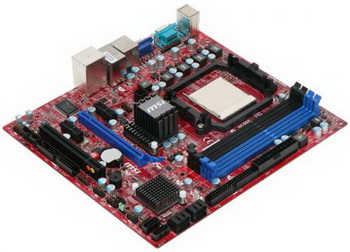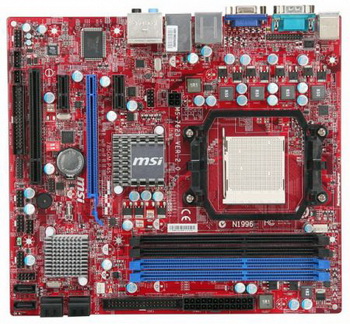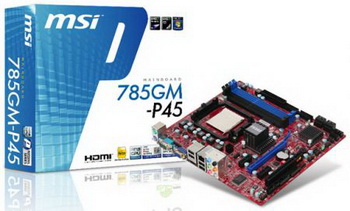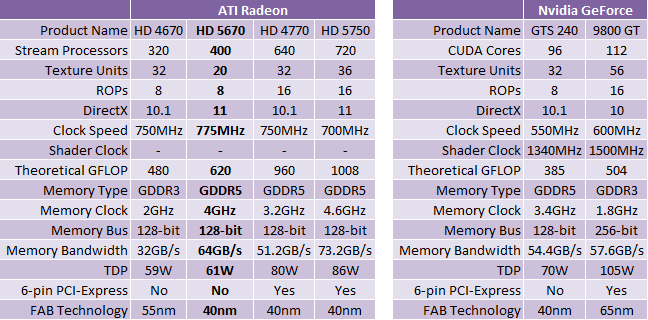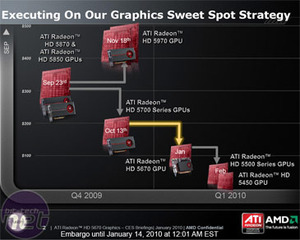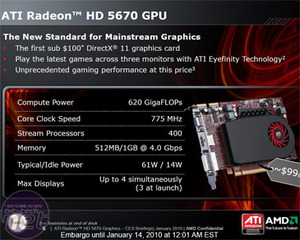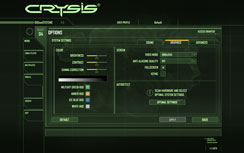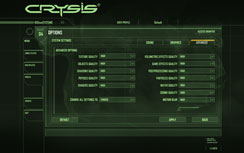

Kawasaki Z1000SX
Harga: ₤ 8,999
Engine
Fuel system: Fuel injection:φ38 mm x 4 (Keihin) with oval sub-throttles
Ignition: Digital
Starting: Electric
Lubrication: Forced lubrication, wet sump
Engine type: Liquid-cooled, 4-stroke In-Line Four
Displacement: 1,043 cc
Bore x stroke: 77.0 x 56.0 mm
Compression ratio: 11.8:1
Valve/Induction system: DOHC, 16 valves
Transmission
Clutch: Wet multi-disc, manual
Transmission: 6-speed, return
Final Drive: Sealed chain
Frame
Frame type: Aluminium twin-tube
Rake/Trail: 24.5°/ 102 mm
Wheel travel, front: 120 mm
Wheel travel, rear: 138 mm
Tyre, front: 120/70ZR17M/C (58W)
Tyre, rear: 190/50ZR17M/C (73W)
Steering angle, left / right: 31° / 31°
Suspension
Suspension, front: 41 mm inverted fork with stepless compression and rebound damping and spring preload adjustability
Suspension, rear: Horizontal Back-link, gas-charged, with stepless rebound damping and cam-style spring preload adjustability
Brakes
Brakes, front: Dual semi-floating 300 mm petal discs. Dual radial-mount, opposed 4-piston
Brakes, rear: Single 250 mm petal disc. Single-piston
Dimensions
Dimensions (L x W x H): 2.105 x 790 x 1.170/1.230 mm
Ground Clearance: 135 mm
Wheelbase: 1,445 mm
Seat height: 820 mm
Fuel capacity: 19 litres
Curb Mass: 228 kg / 231 kg (ABS)
Performance
Maximum power: 101.5kW {138 PS} / 9,600 rpm
Maximum torque: 110 N/m {11.2 kg/m} / 7,800 rpm
Apa keistimewaan dari keempat model anyar itu? Kita mulai dari Z1000SX yang disebut-sebut mampu memperpendek gap antara gaya naked bike dengan motor sport di sirkuit balap. Moge ini dibekali mesin baru 1.043cc, 16-valve, DOHC empat silinder segaris menghasilkan tenaga 101,5 kW pada 9.600 rpm dan torsi 110 nM pada 7.800 rpm.


Kawasaki Z1000SX Tourer
Harga: ₤ 9,799
Engine
Fuel system: Fuel injection:φ38 mm x 4 (Keihin) with oval sub-throttles
Ignition: Digital
Starting: Electric
Lubrication: Forced lubrication, wet sump
Engine type: Liquid-cooled, 4-stroke In-Line Four
Displacement: 1,043 cc
Bore x stroke: 77.0 x 56.0 mm
Compression ratio: 11.8:1
Valve/Induction system: DOHC, 16 valves
Transmission
Clutch: Wet multi-disc, manual
Transmission: 6-speed, return
Final Drive: Sealed chain
Frame
Frame type: Aluminium twin-tube
Rake/Trail: 24.5°/ 102 mm
Wheel travel, front: 120 mm
Wheel travel, rear: 138 mm
Tyre, front: 120/70ZR17M/C (58W)
Tyre, rear: 190/50ZR17M/C (73W)
Steering angle, left / right: 31° / 31°
Suspension
Suspension, front: 41 mm inverted fork with stepless compression and rebound damping and spring preload adjustability
Suspension, rear: Horizontal Back-link, gas-charged, with stepless rebound damping and cam-style spring preload adjustability
Brakes
Brakes, front: Dual semi-floating 300 mm petal discs. Dual radial-mount, opposed 4-piston
Brakes, rear: Single 250 mm petal disc. Single-piston
Dimensions
Dimensions (L x W x H): 2.105 x 790 x 1.170/1.230 mm
Ground Clearance: 135 mm
Wheelbase: 1,445 mm
Seat height: 822 mm
Fuel capacity: 19 litres
Curb Mass: 228 kg / 231 kg (ABS)
Performance
Maximum power: 101.5kW {138 PS} / 9,600 rpm
Maximum torque: 110 N/m {11.2 kg/m} / 7,800 rpm
Spesifikasi mesin di atas juga dipakai pada Z1000SX Tourer. Perbedaan, hanya pada tampilan, karena untuk turing, maka ditambah dengan side atau back box sebagai penyimpan barang untuk keperluan perjalanan jarak jauh (turing).


Kawasaki Ninja ZX-10R
Harga: ₤ 11,999 / ₤ 12,999 (ABS)
Engine
Fuel system: Fuel injection: φ47 mm x 4 (Keihin) with oval sub-throttles, dual injection
Ignition: Digital
Starting: Electric
Lubrication: Forced lubrication, wet sump with oil cooler
Engine type: Liquid-cooled, 4-stroke In-Line Four
Displacement: 998 cc
Bore x stroke: 76.0 x 55.0 mm
Compression ratio: 13.0:1
Valve/Induction system: DOHC, 16 valves
Transmission
Clutch: Wet multi-disc, manual
Transmission: 6-speed, return
Final Drive: Sealed chain
Frame
Frame type: Twin spar, cast aluminium
Rake/Trail: 25°/ 107 mm
Wheel travel, front: 120 mm
Wheel travel, rear: 140 mm
Tyre, front: 120/70ZR17M/C (58W)
Tyre, rear: 190/55ZR17M/C (75W)
Steering angle, left / right: 27° / 27°
Suspension
Suspension, front: 43 mm inverted fork with rebound and compression damping, spring preload adjustability and top-out springs
Suspension, rear: Horizontal Back-link with gas-charged shock and top-out spring. Compression damping: Stepless, dual-range (high/low-speed)
Rebound damping: Stepless. Spring preload: Fully adjustable
Brakes
Brakes, front: Dual semi-floating 310 mm petal discs, 10-button aluminium rotor carrier. Caliper: Dual radial-mount, opposed 4-(aluminium) piston
Brakes, rear: Single 220 mm petal disc. Caliper: Single-bore pin-slide, aluminium piston
Dimensions
Dimensions (L x W x H): 2.075 x 715 x 1.115 mm
Ground Clearance: 135 mm
Wheelbase: 1,425 mm
Seat height: 813 mm
Fuel capacity: 17 litres
Curb Mass: 198 kg / 201 kg (ABS)
Performance
Maximum power: 147.1kW {200.1PS} / 13,000 rpm
Maximum torque: 112 N/m {11.4 kg/m} / 11,500 rpm
Maximum power with RAM Air: 154.4kW {209.9PS}/ 13,000 rpm


Kawasaki Z750R
Harga: ₤ 7,149
Engine
Fuel system: Fuel injection: φ32 mm x 4 (Keihin) with oval sub-throttles
Ignition: Digital
Starting: Electric
Lubrication: Forced lubrication, wet sump
Engine type: Liquid-cooled, 4-stroke In-Line Four
Displacement: 748 cc
Bore x stroke: 68.4 x 50.9 mm
Compression ratio: 11.3:1
Valve/Induction system: DOHC, 16 valves
Transmission
Clutch: Wet multi-disc, manual
Transmission: 6-speed, return
Final Drive: Sealed chain
Frame
Frame type: Tubular backbone (with engine sub-frame), high-tensile steel
Rake/Trail: 24.5° / 103 mm
Wheel travel, front: 120 mm
Wheel travel, rear: 134 mm
Tyre, front: 120/70ZR17M/C (58W)
Tyre, rear: 180/55ZR17M/C (73W)
Steering angle, left / right: 31° / 31°
Suspension
Suspension, front: 41 mm inverted fork with rebound. Damping and spring preload adjustability
Suspension, rear: Bottom-Link Uni-Trak, gas-charged shock with piggyback reservoir. Rebound damping: Stepless. Spring preload: Stepless
Brakes
Brakes, front: Dual semi-floating 300 mm petal discs. Caliper: Dual radial-mount, opposed 4-piston
Brakes, rear: Single 250 mm petal disc. Caliper: Single-piston
Dimensions
Dimensions (L x W x H): 2,085 mm x 795 mm x 1,070 mm
Ground Clearance: 165 mm
Wheelbase: 1,440 mm
Seat height: 825 mm
Fuel capacity: 18.5 litres
Curb Mass: 224 kg / 227 kg (ABS)
Performance
Maximum power: 77.7 kW (106 PS) / 10,500 rpm
Maximum torque: 78.0 N/m {8.0 kg/m} / 8,300 rpm
Ninja ZX-10R merupakan andalan Kawasaki bersaing di ajang Superbike. Dibekali mesin 998 cc, DOHC, 16 valve tenaganya 147,1 kW pada 13.000 rpm dan torsi 114,3 Nm pada 11.500 rpm. Sedangkan, Z750R menawarkan desain sepeda motor turing sport bermesin 748 cc DOHC, 16 valve dipadu transmisi manual 6-percepatan (rotari). Tenaganya, 106 Ps pada 10.500 rpm.
Kehadiran empat model baru dimanfaatkan oleh setiap dealer melakukan promo, di antaranya cicilan tanpa bunga (0 persen) atau cicilan ringan. Lalu, ada hadiah menarik bagi konsumen berupa kunjungan ke Pabrik Kawasaki di Jepang untuk dua orang, turing keliling Eropa (termasuk pinjaman sepeda motor) dan turing lokal.











